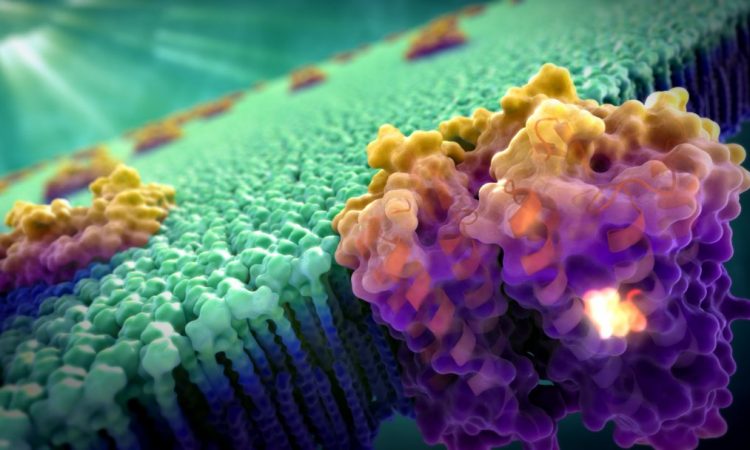 Bacteriorhodopsin - Art of the Cell
Bacteriorhodopsin - Art of the Cell
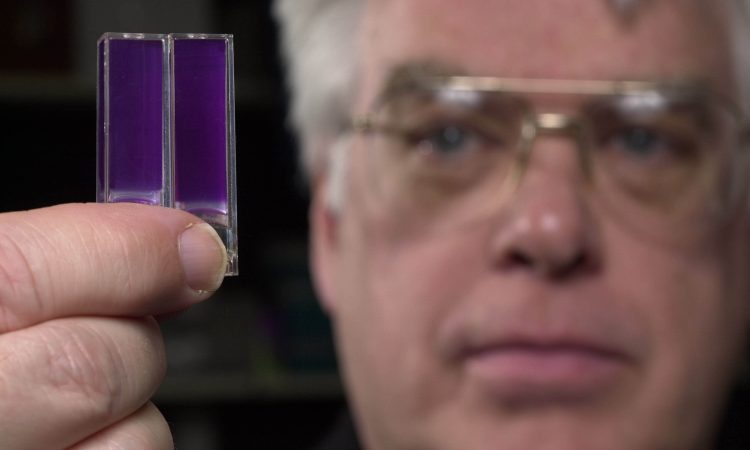 Robert Birge, professor of Chemistry, holds data cubes.
Robert Birge, professor of Chemistry, holds data cubes.
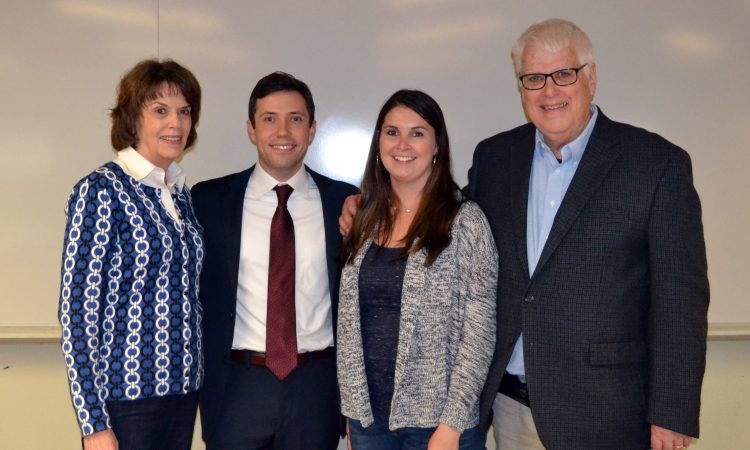 Birge Research Group
Birge Research Group
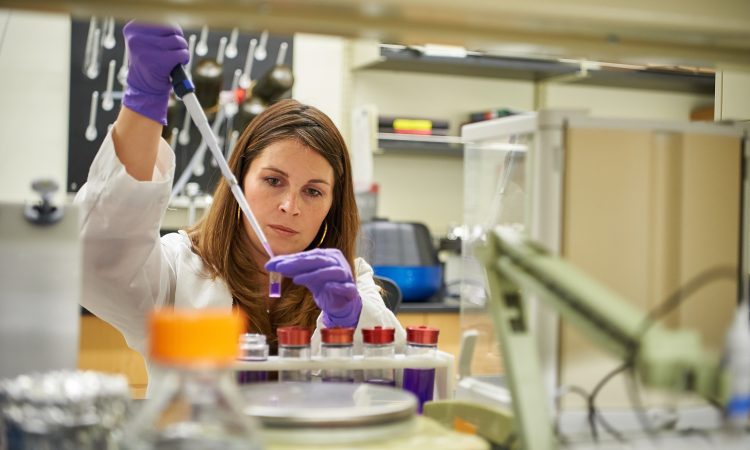 Nicole Wagner pipettes in the lab at Lambavision at the Cell and Genome Sciences Building in Farmington on June 9, 2017. (Peter Morenus/UConn Photo)
Nicole Wagner pipettes in the lab at Lambavision at the Cell and Genome Sciences Building in Farmington on June 9, 2017. (Peter Morenus/UConn Photo)
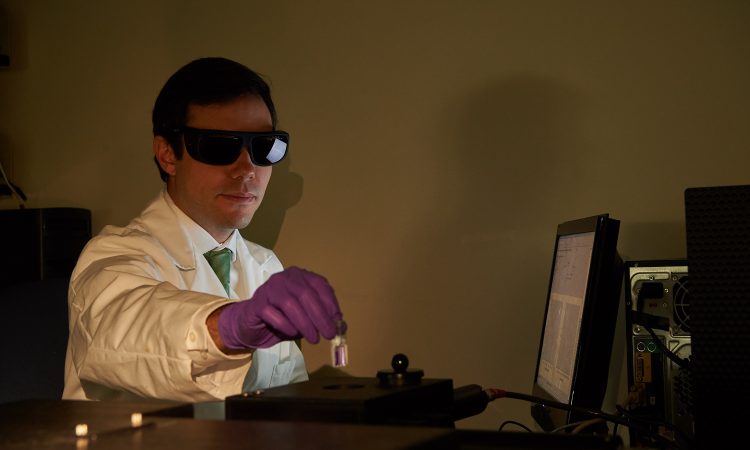 Jordan Greco in the lab at Lambavision at the Cell and Genome Sciences Building in Farmington on June 9, 2017. (Peter Morenus/UConn Photo)
Jordan Greco in the lab at Lambavision at the Cell and Genome Sciences Building in Farmington on June 9, 2017. (Peter Morenus/UConn Photo)
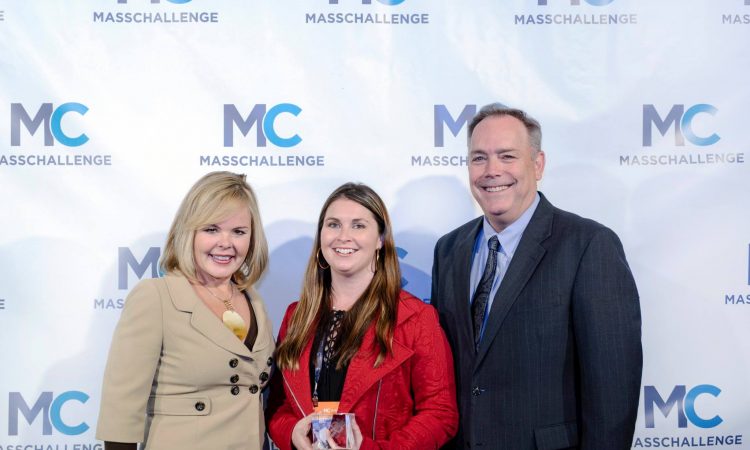 MassChallenge CASIS/Boeing Prize
MassChallenge CASIS/Boeing Prize
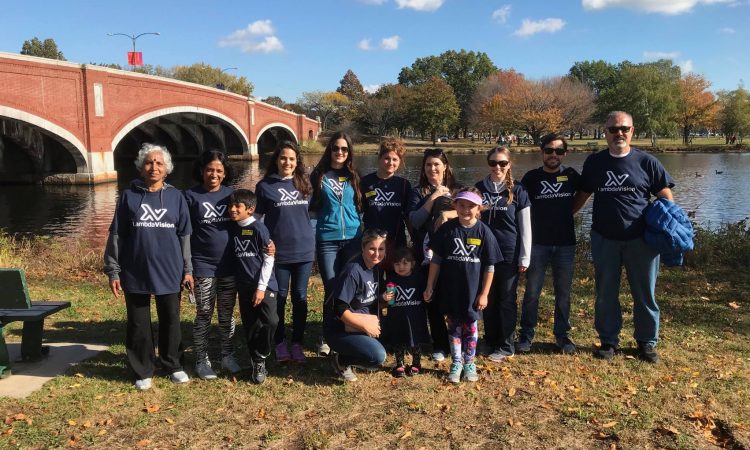
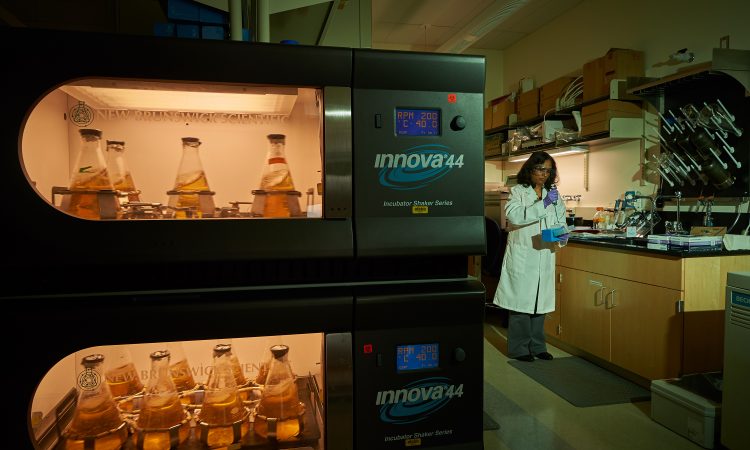 Rajini Reddy pipettes near shaking machines at Lambavision at the Cell and Genome Sciences Building in Farmington on June 9, 2017. (Peter Morenus/UConn Photo)
Rajini Reddy pipettes near shaking machines at Lambavision at the Cell and Genome Sciences Building in Farmington on June 9, 2017. (Peter Morenus/UConn Photo)
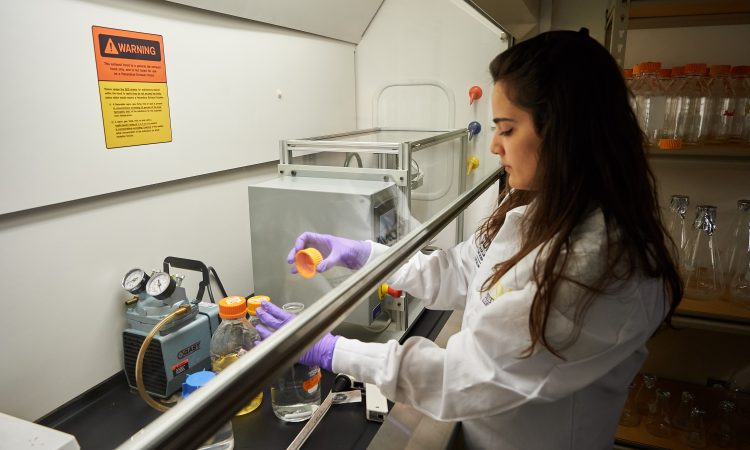 Didem Ozcam works at the hood in the lab at Lambavision at the Cell and Genome Sciences Building in Farmington on June 9, 2017. (Peter Morenus/UConn Photo)
Didem Ozcam works at the hood in the lab at Lambavision at the Cell and Genome Sciences Building in Farmington on June 9, 2017. (Peter Morenus/UConn Photo)
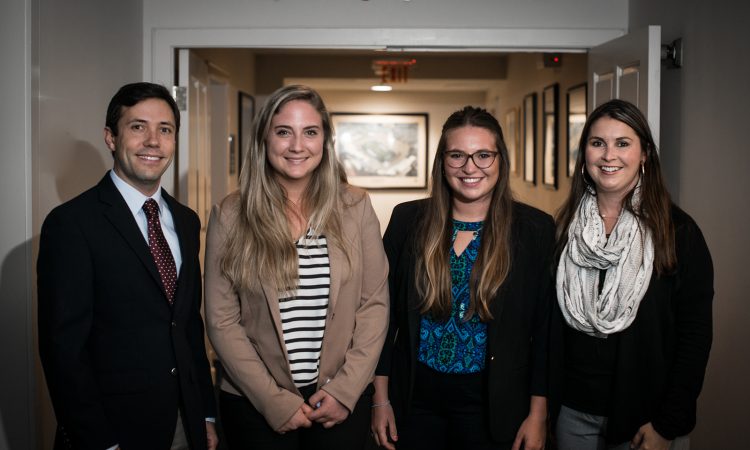 Wolff New Venture Prize
Wolff New Venture Prize
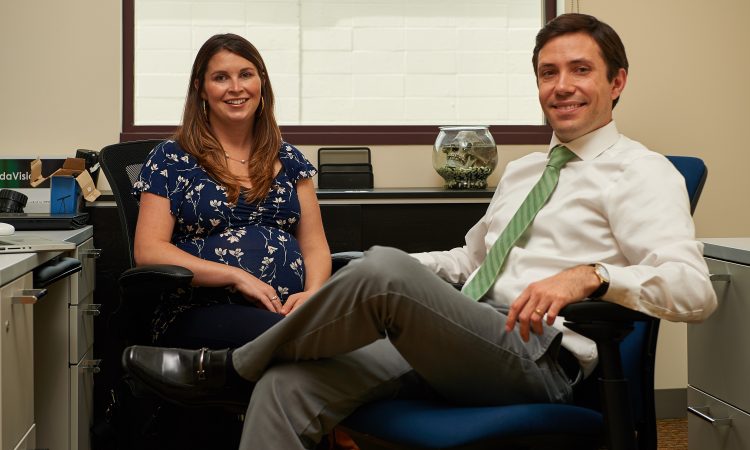 Nicole Wagner and Jordan Greco at Lambavision at the Cell and Genome Sciences Building in Farmington on June 9, 2017. (Peter Morenus/UConn Photo)
Nicole Wagner and Jordan Greco at Lambavision at the Cell and Genome Sciences Building in Farmington on June 9, 2017. (Peter Morenus/UConn Photo)
Contact Us
| Phone: | (860) 486-0502 |
|---|---|
| E-mail: | rbirge@uconn.edu |
| Address: | University of Connecticut Department of Chemistry 55 North Eagleville Road Storrs, CT 06269-3060 |
Welcome to the Birge Research Group
For over 40 years, the Birge Research Group has been interested in the photophysics of biological chromophores and light-activated proteins, as well as the application of these principles to design biomolecular electronic devices. The core tools of our research efforts include molecular spectroscopy, quantum mechanics, and genetic engineering, which all allow us to probe and tailor Nature’s fundamental light-sensitive systems at a molecular level.
The protein that is primarily studied in our group, bacteriorhodopsin, has a rich history of biophysical analysis and is the central biomaterial that first ignited the field of molecular electronics in the 1970s. Bacteriorhodopsin was first synthesized over 3.5 billion years ago by some of the earliest life forms found on Earth, and the ability of the protein to convert sunlight into energy is similar to the activity of the visual protein, rhodopsin. Researching these photoactive proteins and the role of the retinal chromophore in driving vision and photosynthetic activity has inspired a generation of novel biomimetic applications. Today, we are still finding ways to study and adapt this material to resolve some of the most prominent issues that face modern society. For example, the photochromic behavior of the protein can be used as a framework for associative recall and the development of artificial intelligence. Bistable photoproducts can be used as binary bit 0 and bit 1 in new computer architectures with storage capacities that far surpass the limits of man-made semiconductor devices. The efficient generation of photocurrents has the potential to exceed commercially-available photovoltaic cells. And, finally, the light-activated ion pump can replace native photoreceptor cells of the human retina to restore vision to those blinded by retinal degeneration.
Amongst other recognitions, Dr. Birge’s research has led to American Chemical Society Sectional Awards for Research (1983, 1988, 1991), the Connecticut Innovations Annual Technology Award (2001), the 3M Award of Canada in Physical Chemistry, (2001-2002), and the Connecticut Medal of Science (2009). In 1997, he was listed in Time Digital’s Top 50 Cyber Elite, amid the likes of Bill Gates, Steve Jobs, Steven Spielberg, and George Lucas. At Syracuse University, Dr. Birge and colleagues founded the W. M. Keck Center for Molecular Electronics, and in 2000, he was named the Harold S. Schwenk Sr. Distinguished Chair in Chemistry at the University of Connecticut. As the founder of LambdaVision, Inc., Dr. Birge currently seeks to fully realize his vision of using a bacteriorhodopsin-based device to restore functional sight to those who would otherwise be blind.
Recent Publications
Activation of Retinal Ganglion Cells using a Biomimetic Artificial Retina. J. A. Greco, N. L. Wagner, R. J. Jensen, D. B. Lawrence, M. J. Ranaghan, M. N. Sandberg, D. J. Sandberg, and R. R. Birge. (2021) J. Neural Eng. 18, 066027![]()
Tunable Photocycle Kinetics of a Hybrid Bacteriorhodopsin/Quantum Dot System. T. J. Wax, J. A. Greco, S. Chen, N. L. Wagner, J. Zhao, and R. R. Birge. (2019) Nano Res. 12, 365-373![]()
Light Harvesting by Equally Contributing Mechanisms in a Photosynthetic Antenna Protein. M. J. Guberman-Pfeffer, J. A. Greco, R. R. Birge, H. A. Frank, and J. A. Gascon. (2018) J. Phys. Chem. Lett. 9, 563-568![]()
The Forbidden 11Bu– Excited Singlet State of Peridinin and Peridinin Analogues. J. A. Greco, N. L. Wagner, H. A. Frank, and R. R. Birge. (2018) J. Phys. Chem. A 122, 130-139![]()
There’s no place like space for the holidays! This morning, the LambdaVision payload blasted off aboard the #Falcon9 as a part of @SpaceX’s 24th cargo resupply mission to @ISS_CASIS. We’re looking forward to the results of this next round of #spacebasedresearch.
We’re pleased to announce that LambdaVision researchers & members of @UConn's @BirgeGroup at @UConnChem dept. published an article in the Journal of Neural Engineering by @IOP Publishing.
Thank you to all co-authors and contributors.
Read it here: https://bit.ly/3EdjWaL
Set your sights on @Space_Station and see how we've partnered with @ISS_CASIS and @LambdaVision. The team is using the microgravity laboratory to treat blindness and restore vision in patients on Earth. #SpaceStation20th
Additional #funding from @NASA will allow us to broaden the production process for our protein-based artificial #retina on the @ISS_CASIS to other applications and industries. Learn more: https://bit.ly/36LH7sI
